Wayne McGregor’s new work merges genetic code, AI and choreography
Company Wayne McGregor has collaborated with Google Arts & Culture Lab on a series of works, ‘Autobiography (v95 and v96)’, at Sadler’s Wells (12 – 13 March 2024)
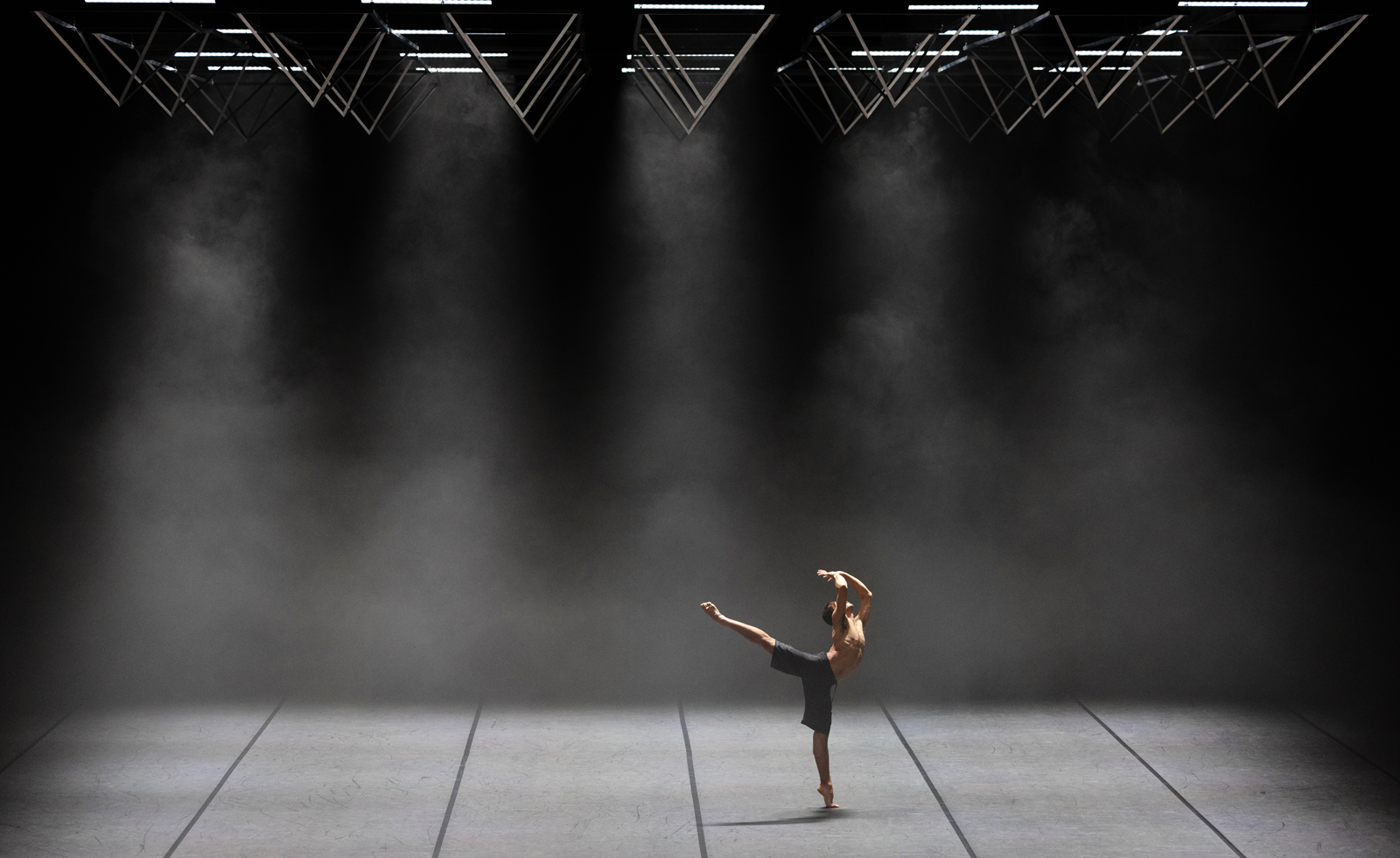
An intrepid explorer of the space where dance and technology meet, Wayne McGregor pushes his artform ever further towards the unknown. His latest work for his own company builds on an investigation he initiated some years ago, when he sequenced his own DNA.
In 2017, looking back over 25 years of work at Studio Wayne McGregor, the choreographer began to develop the concept of the ‘body as archive’. Taking his genes as a starting point, he worked with software architect Nick Rothwell to design an algorithm based on his own genome. In tandem, McGregor created 23 pieces of movement material with his dancers, inspired by elements of his personal history (memories, photos, writing, art and music, with the number 23 echoing the 23 pairs of chromosomes present in human cells). The algorithm was programmed to make random selections from McGregor’s sequenced genetic code, which in turn determined the parts and order of the choreography to be presented in performance. The resulting work, Autobiography (1.0), unique for every showing, premiered the same year at Sadler’s Wells, where the choreographer is an Associate Artist.
McGregor describes this approach to dance-making as a form of ‘life-writing’, which expresses the idea of archive as something fluid and unfixed, an ongoing process we all embody. ‘We are each the sum of our experiences, and these experiences, which land, sit, move and evolve, are understood by and through the body,’ he says. ‘This somatic system, our individual “living archive” holds this information in our muscles, our emotional felt centre and our very cells, ready to be called upon as reference for new experiences, or perhaps buried deeply within us waiting to be released. This bodily archive is sophisticated and multi-modal, not easily explained or understood exclusively by the rational or the logical.’
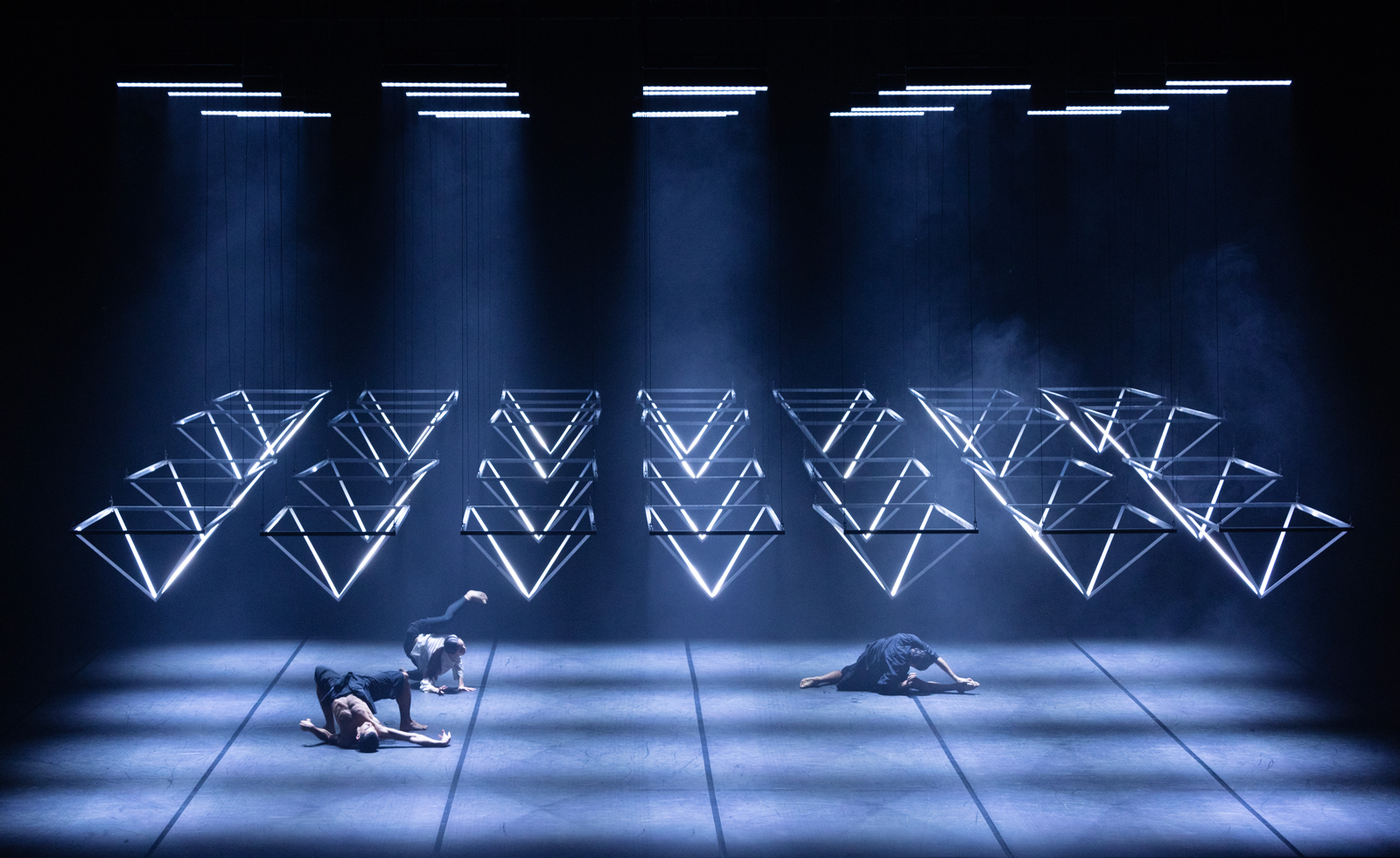
For McGregor, dance is the ideal medium to explore this essential aspect of being human: ‘Dance doesn’t do “concrete" meaning very well; it’s too ambiguous an art form for that,’ he continues. ‘What it does brilliantly is offer multiple meanings and interpretations of ideas – a form of physical impressionism. We are experts, in daily life, in reading other bodies and inferring meaning before any words are spoken. In that sense, “life-writing” is a gift we all share and utilise constantly – an intimate conversation between authoring meaning with our bodies and exchanging physical cues back to continue this extraordinary non-verbal dialogue.’
Thinking about his choreographic work – an integral part of his singular archive – McGregor was intrigued as to how artificial intelligence (AI) might model a way of looking at his past and current practice to then propose future movement possibilities: a system of ‘life-writing’ in relation to choreography. In 2019, this led him to a collaboration with Google Arts & Culture Lab. Taking his entire back catalogue of work as the data set, the lab used machine learning technology to create an AI-powered tool, Living Archive, which is able to suggest new, original movement phrases based on McGregor’s existing choreography and material he has created on individual dancers.
For Google, this was a compelling project for several reasons. ‘What always interests us is supporting artists’ experimentation with AI, as a tool and collaborator in the creative process,’ says Freya Salway, head of Google Arts & Culture Lab. ‘Wayne’s openness to experimentation and affinity for technology pushed the possibilities of our collaboration. When the idea emerged to create an algorithm that predicts future movement in response to Wayne’s existing body of work, our approach was inspired by technology related to handwriting prediction. At a time of rapid advancement in the interaction of technology and creativity, it’s interesting to consider what future forms of exchange will emerge between artists and their archives.’
Company Wayne McGregor: Autobiography (v95 and v96)
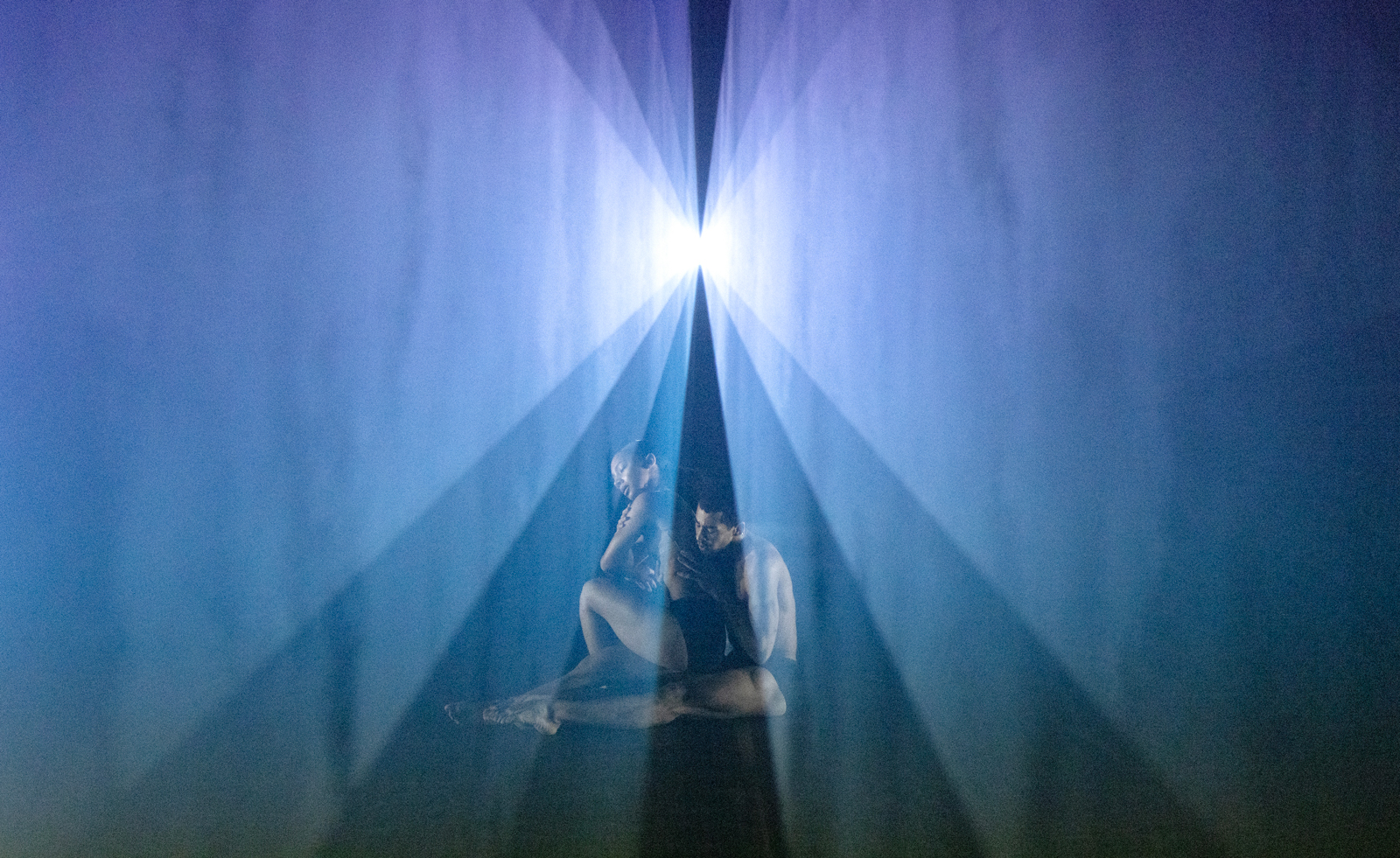
Using the Living Archive tool, now renamed AISOMA, along with the algorithm based on his DNA, Wayne McGregor is about to present the latest iteration of this series of works, Autobiography (v95 and v96), at Sadler’s Wells (12-13 March 2024). Fusing the two sources of choreography – man- and machine-made – the piece promises to be an exciting exploration of authorship: dance generating dance using a combination of human and artificial intelligence. The piece will feature music by electronic composer Jlin, set and projection design by Ben Cullen Williams, lighting by Lucy Carter, costumes by Aitor Throup and dramaturgy by Uzma Hameed, all of whom collaborated with McGregor on the first version of Autobiography.
Receive our daily digest of inspiration, escapism and design stories from around the world direct to your inbox.
How an audience receives his creations is in itself a thought-provoking prospect for McGregor: ‘Audiences themselves are complex, divergent thinkers and “feelers”, an organism that is also in constant evolution during each second of each show,’ he says. ‘There is no one audience, and this extreme individuality has always fascinated me. It has also released me from the burden of creating with the “audience” in mind. I can only follow my own path and experiment with degrees of visibility and invisibility, hoping that somewhere out there one person will see, at least for a moment, through my lens and in doing so be challenged, stimulated and moved.’
‘Autobiography (v95 and v96)’ will be performed 12-13 March 2024 at Sadler’s Wells, London
-
 In BDSM biker romance ‘Pillion’, clothes become a medium for ‘fantasy and fetishism’
In BDSM biker romance ‘Pillion’, clothes become a medium for ‘fantasy and fetishism’Costume designer Grace Snell breaks down the leather-heavy wardrobe for the Alexander Skarsgård-starring Pillion, which traces a dom/sub relationship between a shy parking attendant and a biker
-
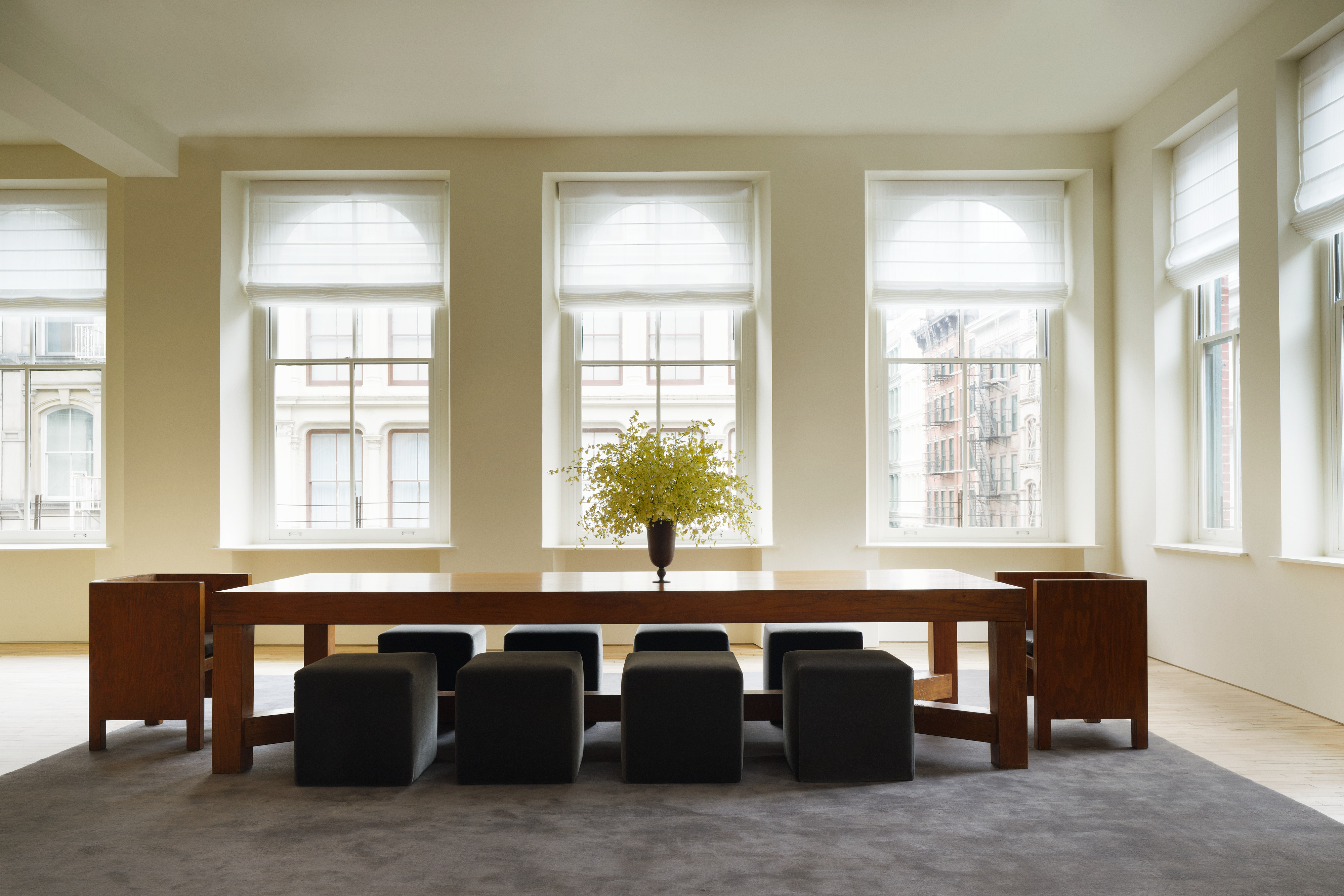 Tour Aflalo’s first retail space, a gallery-like studio in New York
Tour Aflalo’s first retail space, a gallery-like studio in New YorkLight-filled and elegant, Aflalo has opened its first retail space in a classic Soho loft, reimagined by Nordic Knots Studio
-
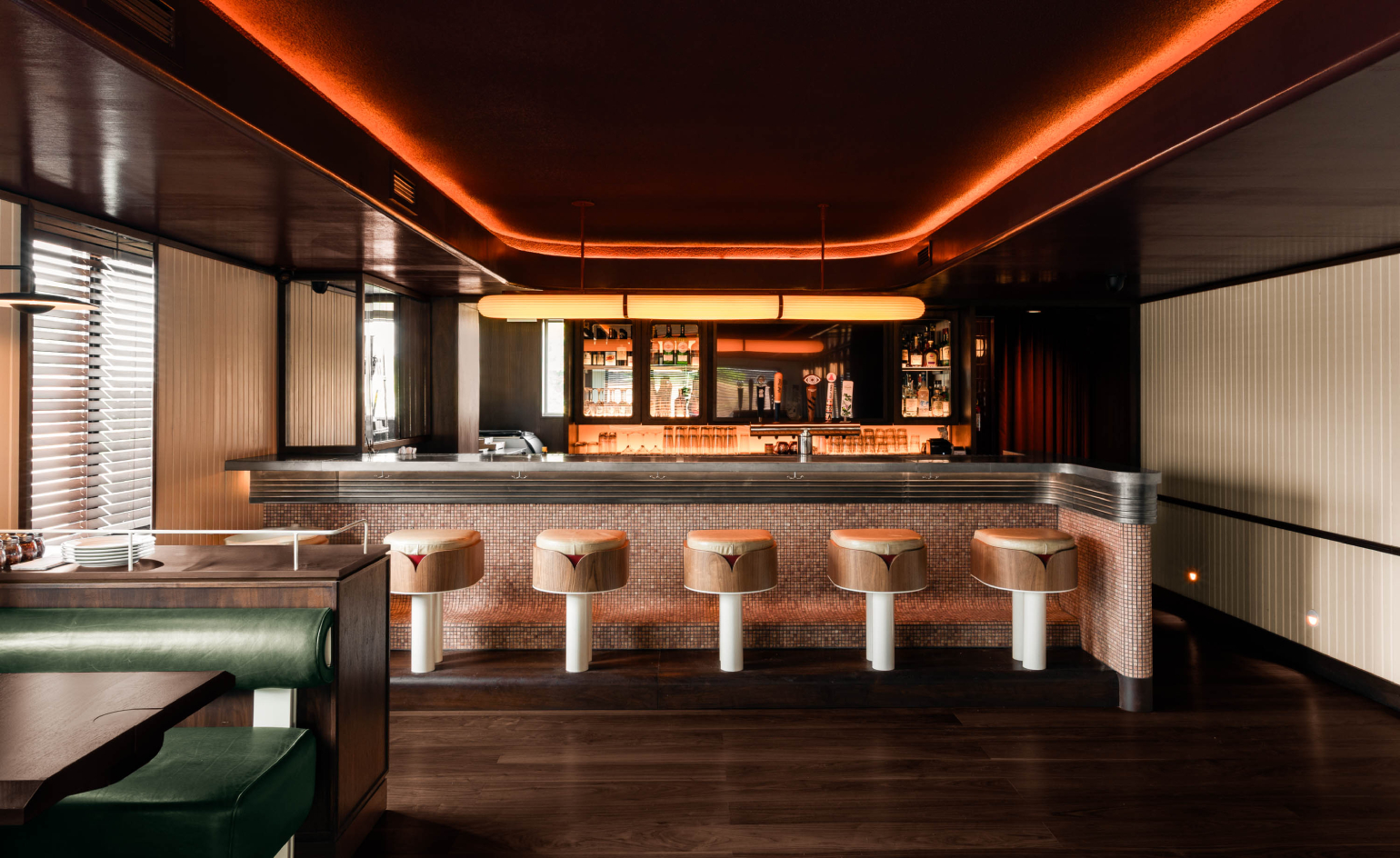 This Toronto pizzeria hides a sultry bar with serious bite
This Toronto pizzeria hides a sultry bar with serious biteNorth of Brooklyn unveils a fresh, two-level outpost where crisp, light-filled minimalism gives way to a warmer, neon-lit upstairs area
-
 Out of office: The Wallpaper* editors’ picks of the week
Out of office: The Wallpaper* editors’ picks of the weekThis week, the Wallpaper* team had its finger on the pulse of architecture, interiors and fashion – while also scooping the latest on the Radiohead reunion and London’s buzziest pizza
-
 Out of office: The Wallpaper* editors’ picks of the week
Out of office: The Wallpaper* editors’ picks of the weekIt’s been a week of escapism: daydreams of Ghana sparked by lively local projects, glimpses of Tokyo on nostalgic film rolls, and a charming foray into the heart of Christmas as the festive season kicks off in earnest
-
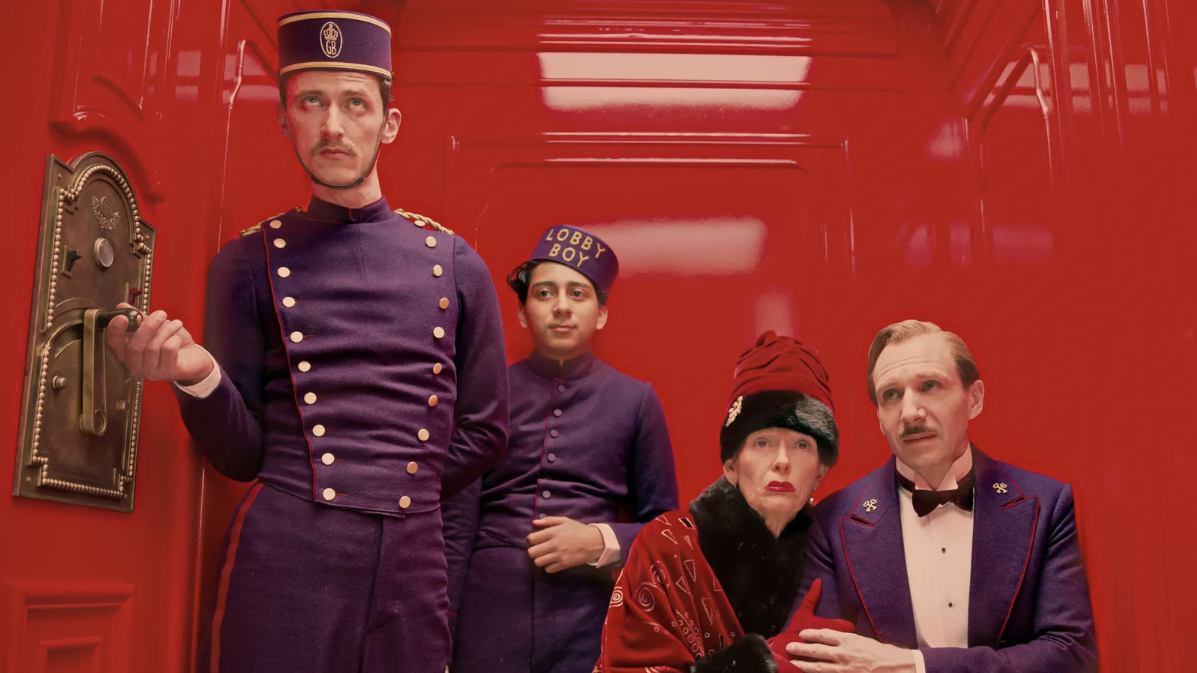 Wes Anderson at the Design Museum celebrates an obsessive attention to detail
Wes Anderson at the Design Museum celebrates an obsessive attention to detail‘Wes Anderson: The Archives’ pays tribute to the American film director’s career – expect props and puppets aplenty in this comprehensive London retrospective
-
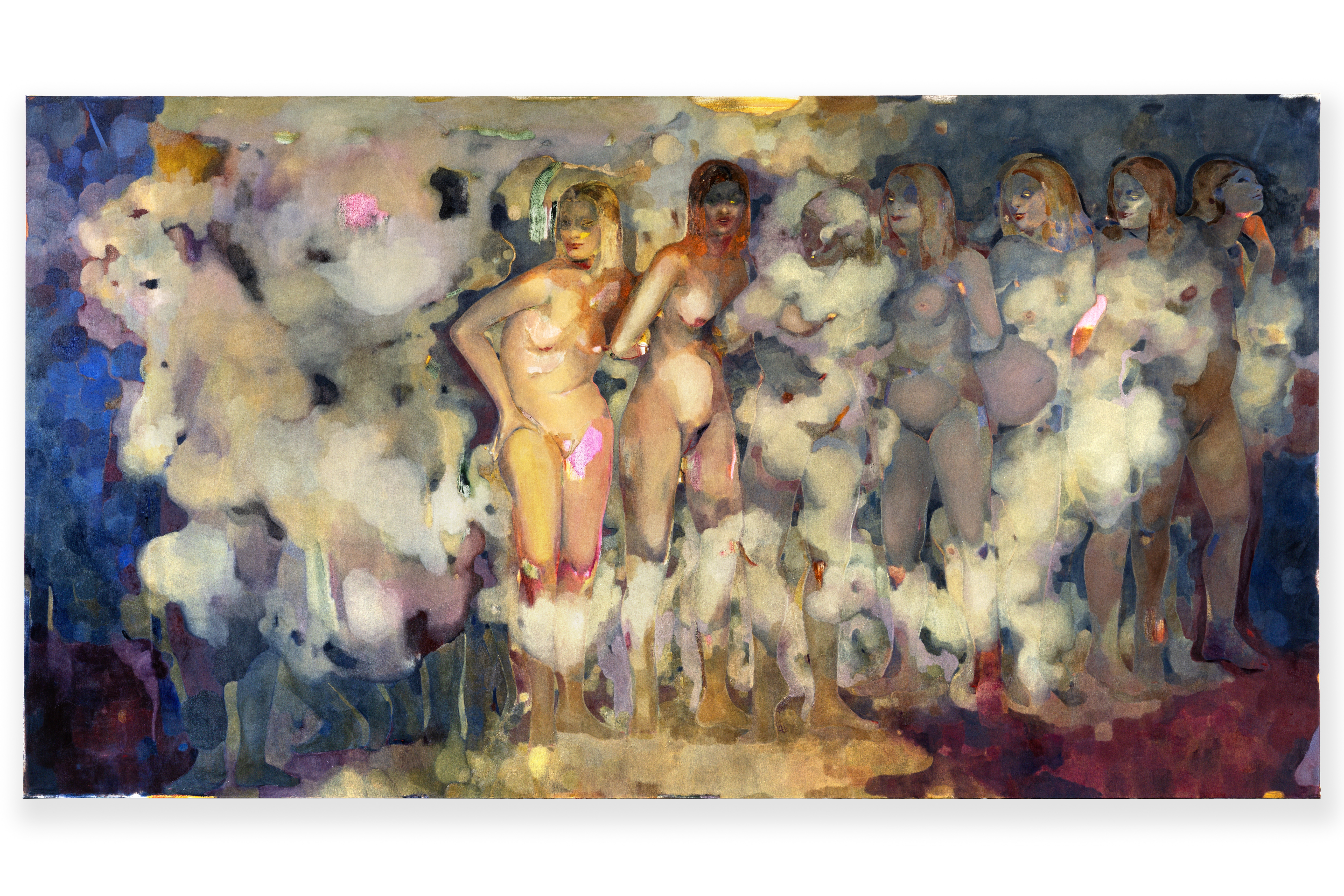 Meet Eva Helene Pade, the emerging artist redefining figurative painting
Meet Eva Helene Pade, the emerging artist redefining figurative paintingPade’s dreamlike figures in a crowd are currently on show at Thaddaeus Ropac London; she tells us about her need ‘to capture movements especially’
-
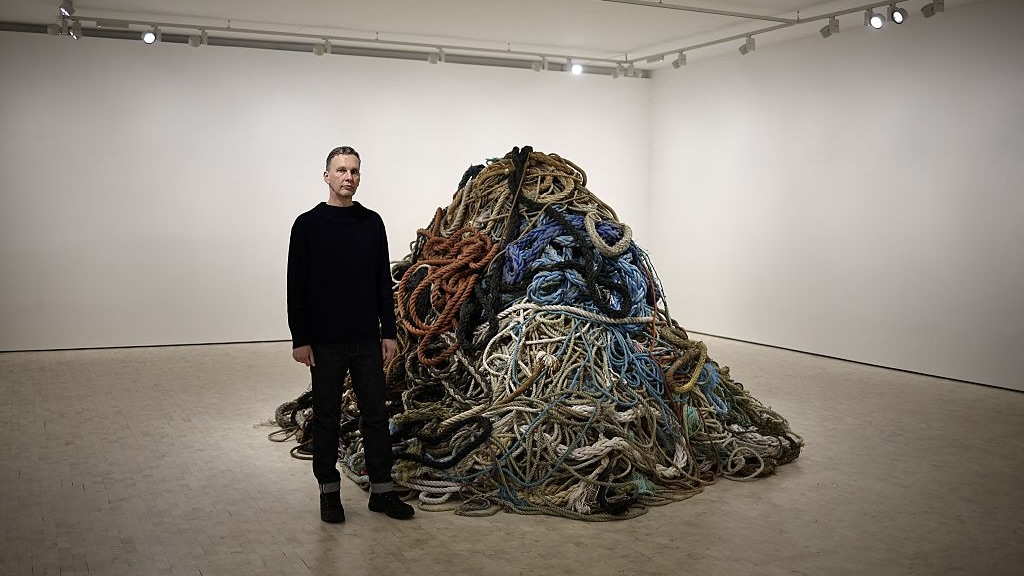 David Shrigley is quite literally asking for money for old rope (£1 million, to be precise)
David Shrigley is quite literally asking for money for old rope (£1 million, to be precise)The Turner Prize-nominated artist has filled a London gallery with ten tonnes of discarded rope, priced at £1 million, slyly questioning the arbitrariness of artistic value
-
 Out of office: The Wallpaper* editors’ picks of the week
Out of office: The Wallpaper* editors’ picks of the weekThe rain is falling, the nights are closing in, and it’s still a bit too early to get excited for Christmas, but this week, the Wallpaper* team brought warmth to the gloom with cosy interiors, good books, and a Hebridean dram
-
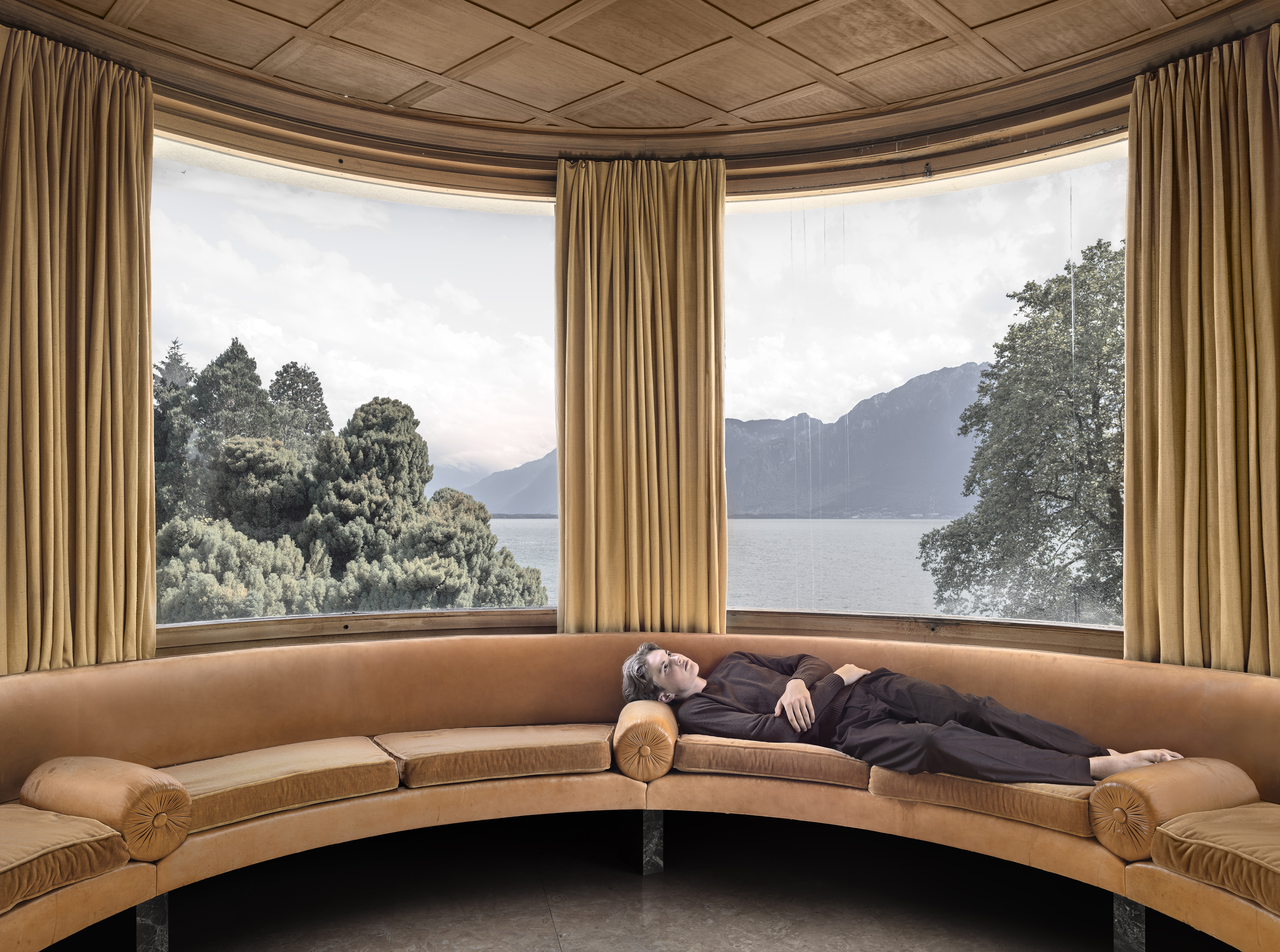 A former leprosarium with a traumatic past makes a haunting backdrop for Jaime Welsh's photographs
A former leprosarium with a traumatic past makes a haunting backdrop for Jaime Welsh's photographsIn 'Convalescent,' an exhibition at Ginny on Frederick in London, Jaime Welsh is drawn to the shores of Lake Geneva and the troubled history of Villa Karma
-
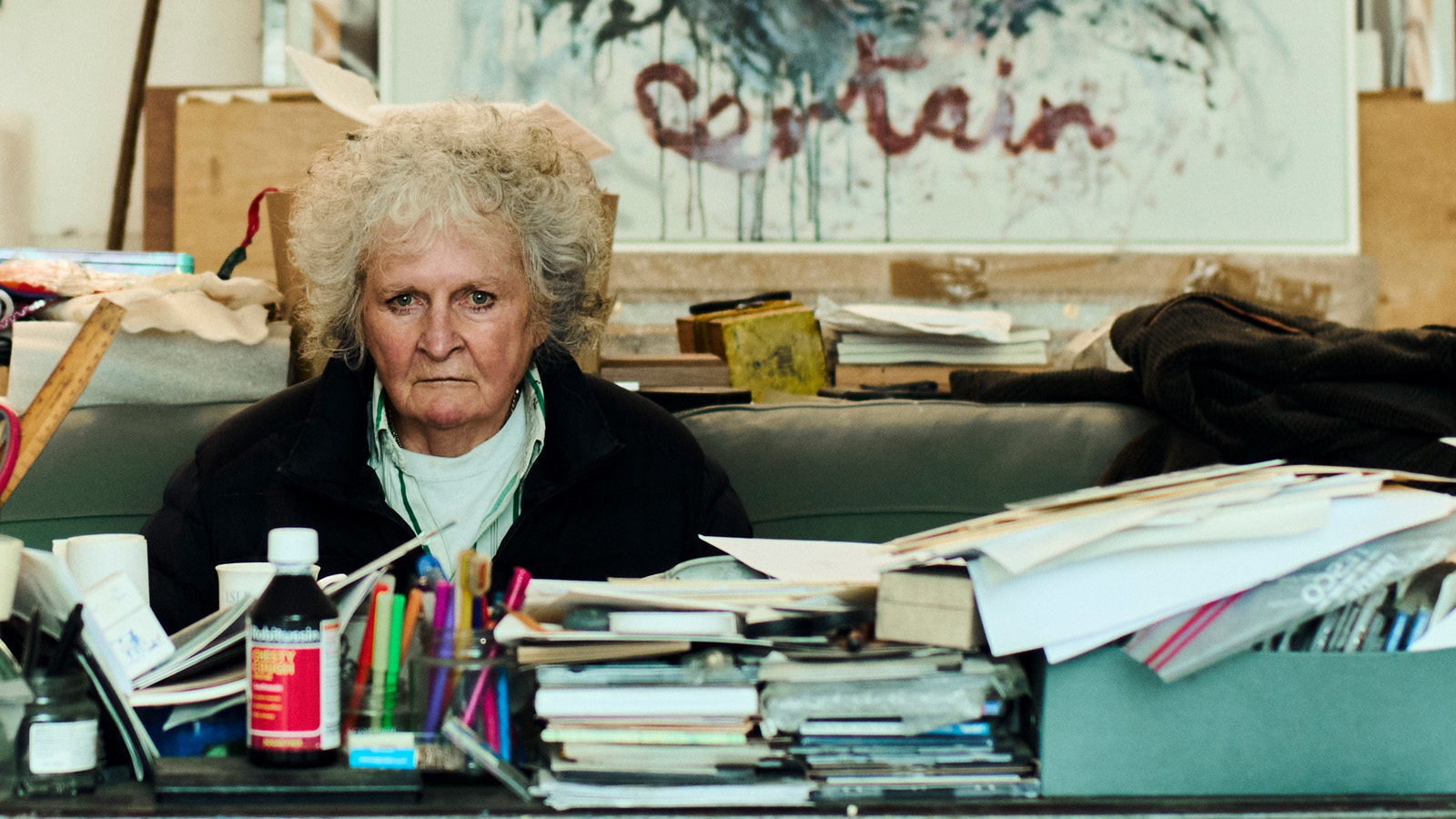 Maggi Hambling at 80: what next?
Maggi Hambling at 80: what next?To mark a significant year, artist Maggi Hambling is unveiling both a joint London exhibition with friend Sarah Lucas and a new Rizzoli monograph. We visit her in the studio